A Message on Pride from AGP Therapist, Erica Caparelli
Author: Erica Caparelli
My favorite part about the transition into summer is the month of June when we celebrate Pride! June marks Pride Month, a time when the LGBTQIA+ (Lesbian, Gay, Transgender, Queer or Questioning, Intersex, and Asexual+) community and its allies come together in celebration of our loud, proud, and beautiful rainbow of identities. This year especially, as anti-trans and anti-LGBTQIA+ legislation is on a significant rise, Pride Month is a time of solidarity amongst queer people and our allies.
As a therapist at A Good Place Therapy, I am grateful to work primarily with LGBTQIA+ clients. It is a privilege to witness the strength and resilience in this community through my work, and every day that I show up for my clients, my own queer identity is affirmed by coexisting with fellow queer folks in my office. Being in a queer community is one of the best parts of what I get to do as a therapist.
As we celebrate the queer and trans community this Pride month, I remind you of several somber yet important statistics:
Non-straight people are more than twice as likely as heterosexual people to experience a mental health condition
Transgender people are nearly four times as likely as cisgender people to experience a mental health condition. Nearly 3 in 5 LGBTQIA+ adults reported that discrimination had a moderate or significant impact on their mental well-being in the past year
Queer and transgender people are at a greater risk of suicide when compared to cisgender, straight people — including LGBTQIA+ young people. Non-straight youth are twice as likely to experience depressive symptoms than their straight peers, and transgender youth are twice as likely compared to cisgender queer people to consider and attempt suicide
LGBTQIA+ people are at higher risk of economic hardship, substance abuse, rejection, PTSD, and inadequate mental health care
LGBTQIA+ people are at a 120% higher risk of experiencing homelessness than non-LGBTQIA+ people, with BIPOC and especially Black and Indigenous LGBTQIA+ youth experiencing the highest levels of risk
More than half of LGBTQIA+ adults reported that “recent debates about state laws restricting the rights of LGBTQI+ people” moderately or significantly affected their mental health or made them feel less safe, including more than 8 in 10 transgender or nonbinary individuals
Approximately 1 in 3 LGBTQIA+ adults reported encountering at least one kind of negative experience or form of mistreatment when interacting with a mental health professional in the past year, including 4 in 10 LGBTQIA+ people of color and more than 1 in 2 transgender or nonbinary individuals
LGBTQIA+ people are at higher risk of many forms of identity-based discrimination and violence on the individual, institutional, systemic, and as we are seeing currently, sociopolitical levels. This includes experiencing homophobia, transphobia, bullying, workplace discrimination, housing discrimination, hate crimes, sexual assault, homelessness, denied access to medical and mental health care, and other forms of violence interpersonally and at work, home, medical providers’ offices, public spaces, and school. This violence has material consequences for queer people, and impacts their access to resources, safety, and quality medical and mental healthcare. When LGBTQIA+ people also hold another marginalized identity, such as being a person of color, or being disabled, or being an immigrant, these disadvantages are multiplied. These are just some of the reasons why quality mental health care and community support are of the utmost importance for the LGBTQIA+ community, especially queer and trans people of color. My brilliant colleague, Asasia Richardson, LMSW, wrote a great blog post this month talking about anti-oppressive therapy practice – a practice she and I, and many of the other therapists at AGP try to embody – which benefits those holding minoritized identities, including LGBTQIA+, BIPOC communities. Give it a read here.
This Pride month, instead of putting your energy and money into supporting corporations capitalizing on the legacy of LGBTQIA+ people, I encourage you to reach out to the LGBTQIA+ people in your life, learn something new about the queer and trans community, support a queer and trans friend/family member in need, join pro-LGBTQIA+ activist movements, and donate to LGBTQIA-supportive organizations. I am linking a blog post I previously wrote that talks about ways to support LGBTQIA+ people after Pride Month.
Wishing you all a Happy & Safe Pride!
Erica
*Sources: Statistics from the National Alliance on Mental Illness, Harvard School of Public Health, American Progress, and the United States Census (stats between 2019-2022)

